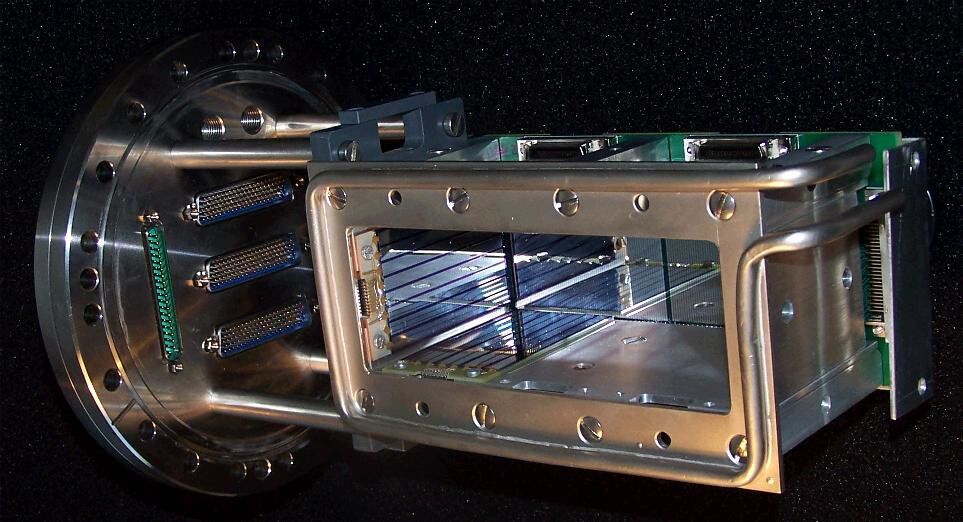Gaining a better understanding of the limiting factors for the existence of stable, superheavy elements is a decade-old quest of chemistry and physics. Superheavy elements, as are called the chemical elements with atomic numbers greater than 103, do not occur in nature and are produced artificially with particle accelerators. They vanish within seconds.
A team of scientists from GSI Helmholtzzentrum fuer Schwerionenforschung Darmstadt, Johannes Gutenberg University Mainz (JGU), Helmholtz Institute Mainz (HIM) and the University of Jyvaeskylae, Finland, led by Dr. Jadambaa Khuyagbaatar from GSI and HIM, has provided new insights into the fission processes in those exotic nuclei and for this, has produced the hitherto unknown nucleus mendelevium-244. The experiments were part of “FAIR Phase 0,” the first stage of the FAIR experimental program. The results have now been published in the journal Physical Review Letters.
Heavy and superheavy nuclei are increasingly unstable against the fission process, in which the nucleus splits into two lighter fragments. This is due to the ever-stronger Coulomb repulsion between the large number of positively charged protons in such nuclei, and is one of the main limitations for the existence of stable superheavy nuclei.









Comments are closed.